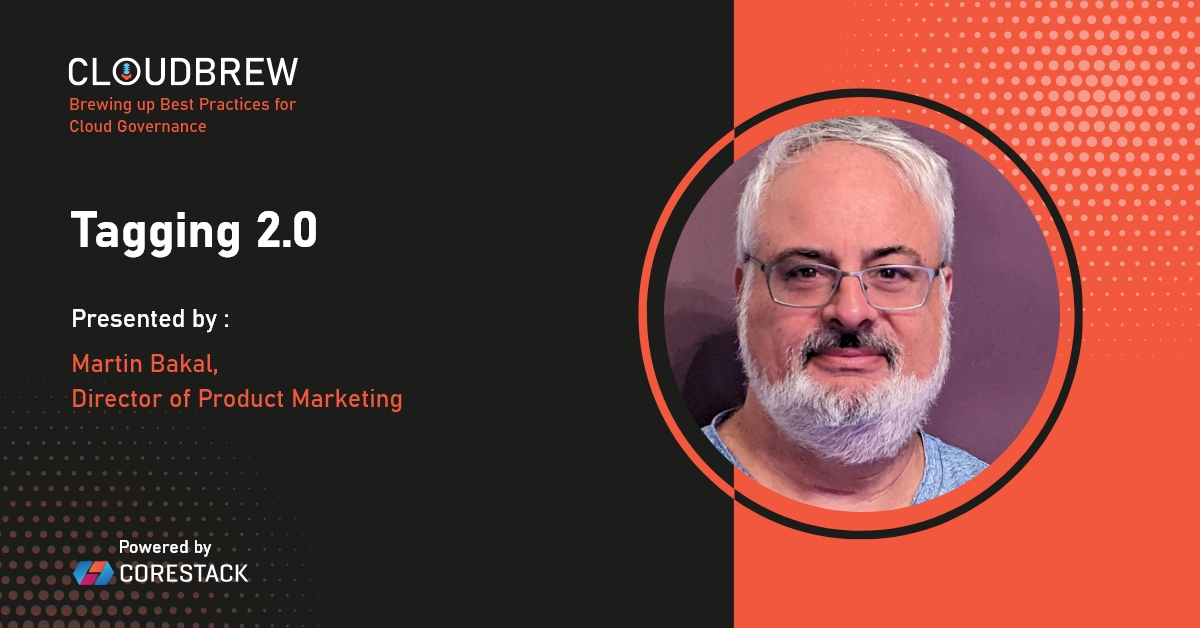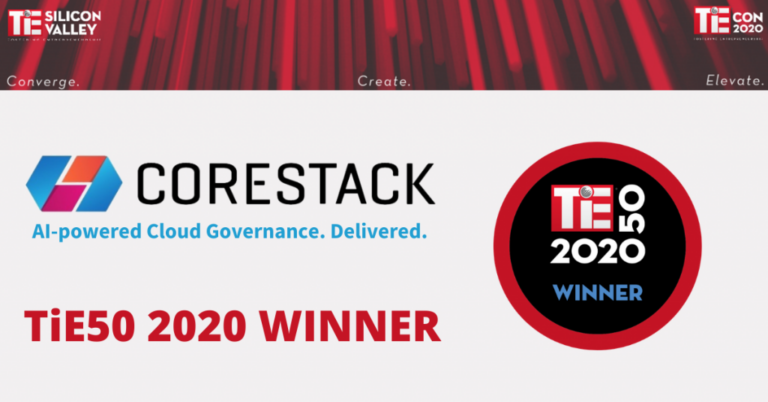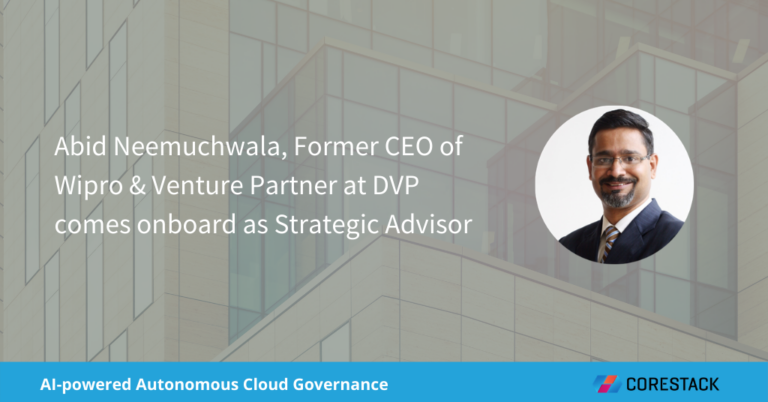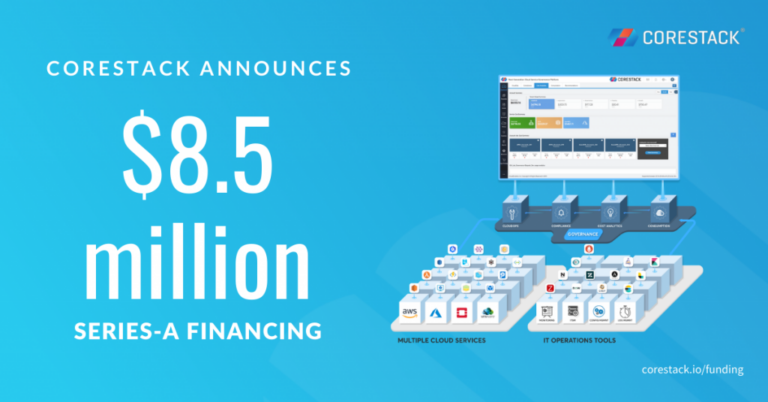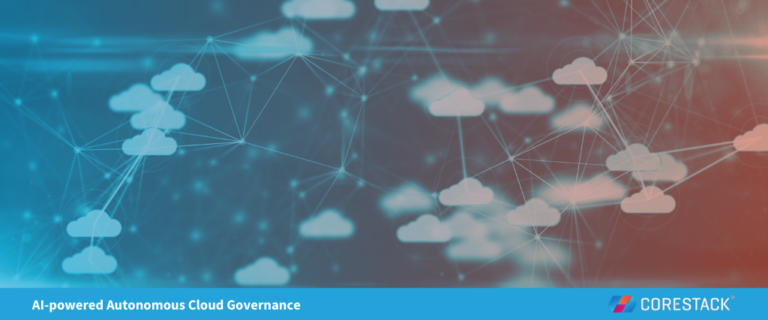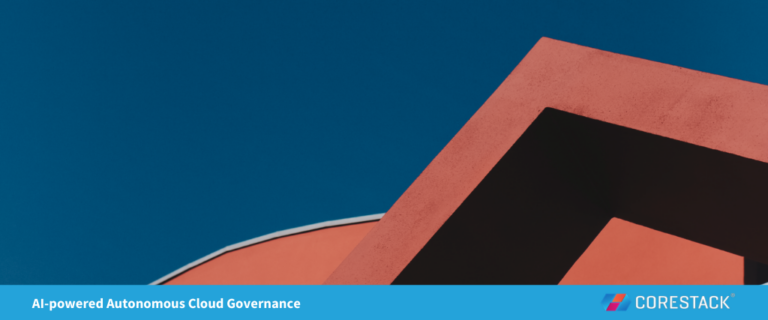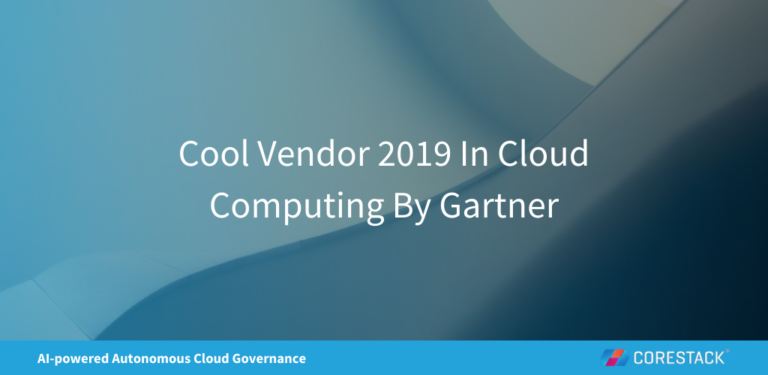Tagging 2.0: NextGen Tagging Governance
In Episode 3 of CloudBrew, cloud expert, Martin Bakal, discusses the power of comprehensive tagging.
A sound tagging strategy can truly make a difference when it comes to robust cloud governance in a multi-cloud environment.
According to cloud expert, Martin Bakal, “Tagging governance is the next step in the evolution of tagging.” But what does it really mean and how can you use it to move your cloud business further, faster?
In Episode 3 of CloudBrew, CoreStack's NextGen Cloud Governance podcast, Bakal breaks down Tagging 2.0 and what it means for your cloud governance environment. “In the evolution of tagging, there's been a natural progression from cloud management to cloud governance,” says Bakal. “Tagging has been very useful for our basic group of assets, but it really does need to evolve. We need to manage tags and not just the end assets. The tags themselves are pretty good, but after a while you need to find ways to actually group them together.”
Why? Two reasons: multi-cloud and scale. As we start building up systems, they get bigger, and a lot of different things happen. As we scale, multiple divisions and companies all use the cloud. “That’s a problem,” says Bakal. “We just can't have a simple list that no longer works. A lot of companies need to enforce standards and report across different divisions. A lot of basic tags wind up with duplicates and confusion. They're making reporting cumbersome and making the grouping cumbersome. When we start thinking about multi-cloud, the same tags have different meanings. Also, tags can't be managed by one cloud vendor—it’s all about multi-cloud and conformity standards.”
Tagging All Resources
Tagging isn’t new. It’s been in products for years. But with cloud services producing so many resources, there needs to be a better way to govern them and manage it within the environment. “Current tagging doesn't really include baselining and versioning,” shares Bakal. “We need that because we need to see this version vs. that version. What happens? What changes occur? It also must be available for different resource types. We need it for all resources to really group things and make everything work together.”
Inheritance and Overriding Base Sets
Another concept that’s caught Bakal’s attention is inheritance. “We want to override the base sets. For example, maybe an organization has allowed divisions to make changes and adjustments as needed, but still say that it's based on that same type. So you can report on everything in that basic type, or you can report on the specific elements inside of different groups. It's not just reporting; it's grouping, making changes to things. Everything you do with tags, you want to have them all link back to concepts and software—baselining, versioning, inheritance—and all these types of abilities.
Grouping Across Clouds
Bakal then focuses on building a group across clouds. “That's a big thing,” he says. “Because right now, in terms of environment vs. EMV, you might want to group two things in a base, and then have them both filter off. So it has to be stored outside the specific cloud vendor. We can report or group them all together in all different cloud vendors, but you can still use those tools the same way you always do, and not have to change everything. So it has to be more than one account on a hyperscaler, and it has to be multiple hyperscalers.”
As Bakal states, “This is all about working with stuff that already exists, while building on top of that with something more powerful that works really well.”

